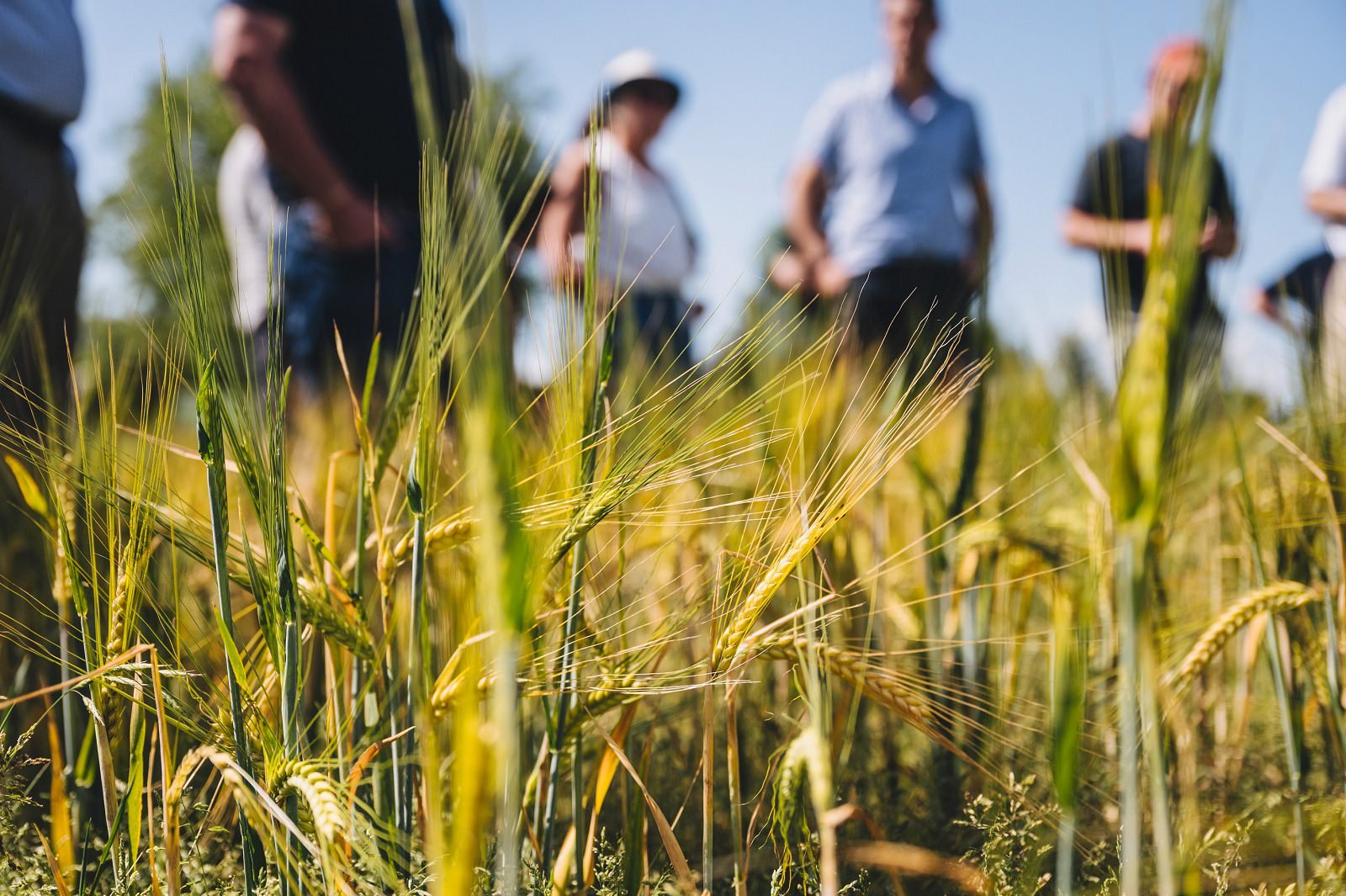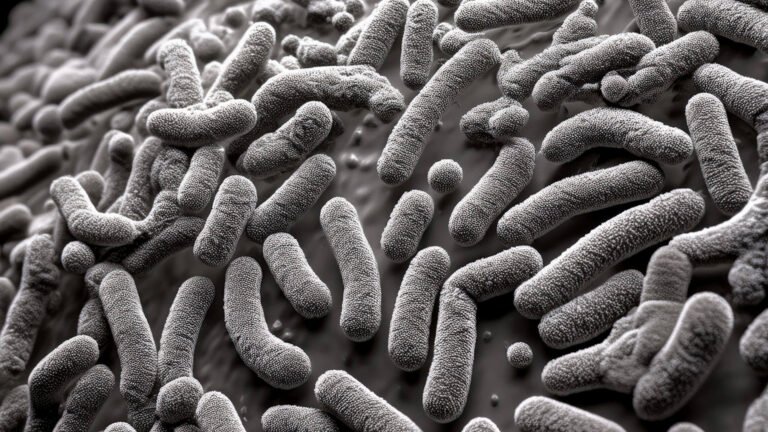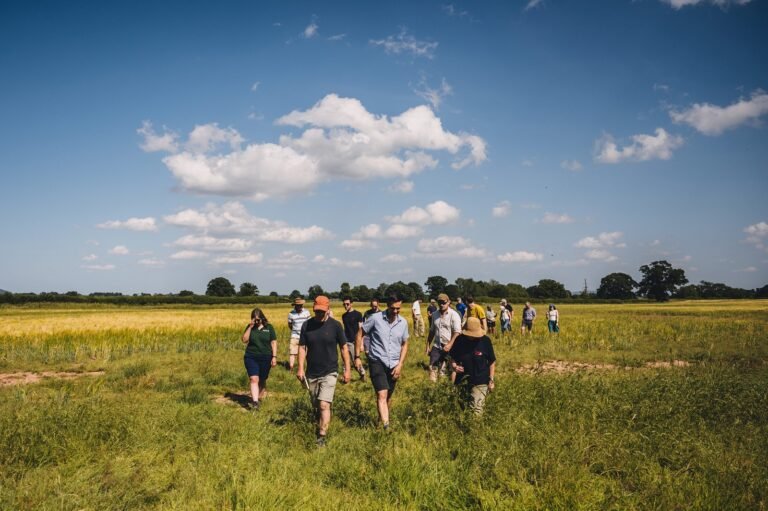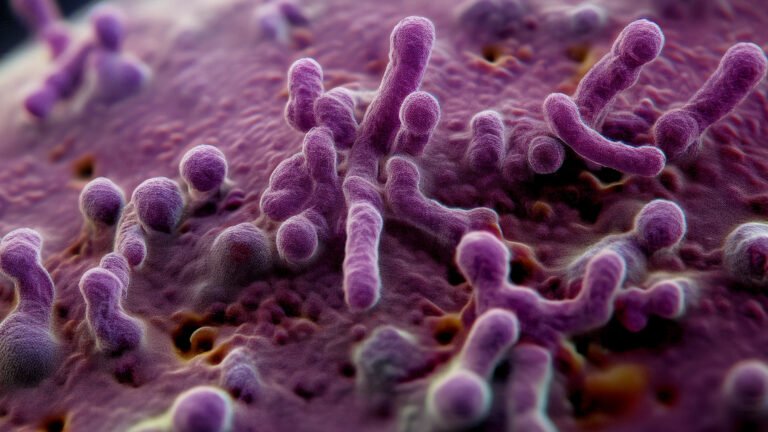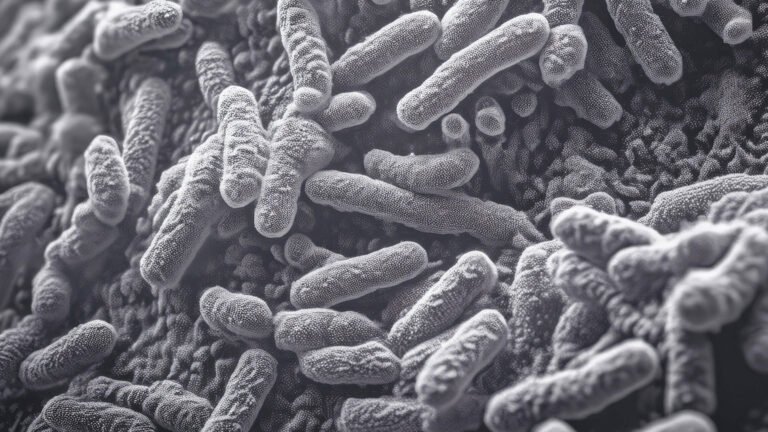If phosphorus lock-up in soil leaves you with high indices but slow starts, you’re not alone. However, you don’t have to keep throwing on “rescue phosphate.” Instead, by fixing P fixation in soil and extending the root’s reach, early vigour and rooting can finally keep pace with the plan.
If this sounds familiar, you’re in the right place
Before finding us, many farmers feel…
- Fed up paying for P that plants can’t reach; consequently, budgets swell.
- Stuck with sluggish roots and hesitant early canopies; therefore timings slip.
- Tired of rescue phosphate every season; meanwhile, proof is thin.
- Unsure how to show what works beyond gut feel; as a result, trials get delayed.
Meanwhile, P stays bound in the soil matrix, seedlings stall, and spray plans drift.
Faster Starts Without Rescue Phosphate
When high P indices still give you slow roots and thin canopies, tackle phosphorus lock-up in soil with BactoFos (phosphate-solubilising bacteria) and Rhizo Plus (mycorrhiza) to free P and extend root reach, so early vigour returns and spray timings stay on track.
Why phosphorus locks up (and what happens if you ignore it)
Chemistry (pH-driven P fixation). On calcareous, high-pH soils, phosphate binds with calcium; on acid soils, it binds with aluminium/iron. Consequently, plants face low phosphorus availability even when Olsen P looks healthy.
Physics (structure and diffusion). Tight, poorly aggregated soils restrict diffusion; therefore, P cannot reach young roots efficiently.
Biology (low microbial turnover). When microbial activity is low, fewer organic acids and enzymes keep P moving; as a result, seedlings lag.
If you ride it out, you risk persistent shallow rooting, uneven tillers, late canopy, extra passes and a costly dependence on in-season P.

The fix: mobilise P and extend the root’s reach
Two biological levers work together:
- Phosphate-solubilising bacteria (PSB) — targeted consortia (in BactoFos) release bound phosphate into plant-available forms near the root zone; therefore early uptake improves.
- Arbuscular mycorrhiza (AMF) — Rhizo Plus (e.g., Glomus spp.) extends functional root reach; consequently, plants scavenge phosphorus and water beyond the root hair zone.
On farm, this looks like: faster, thicker roots; fewer stop–start dips at the 2–4 leaf stage; and calmer nutrition plans with fewer emergency passes.
Simple programme (mobilise → extend → verify)
1) Mobilise what you own (establishment to early growth)
- Apply BactoFos to stimulate phosphate-solubilising bacteria in the rhizosphere.
- Time passes when soil moisture is present; therefore contact and activity are better.
- Avoid close sequencing with bactericides/oxidisers that suppress beneficial microbes.
2) Extend root reach (at/around establishment)
- Place Rhizo Plus near seed/roots per label; consequently AMF colonisation starts early.
- Check compatibility with seed treatments; when in doubt, split passes.
3) Verify with simple checks (6–8 weeks)
- Run a “P unlock” strip or block.
- Log rooting depth, tillers/plant, leaf tissue P and basic canopy photos/NDVI.
- Keep context with Olsen P and soil pH notes so results make sense.
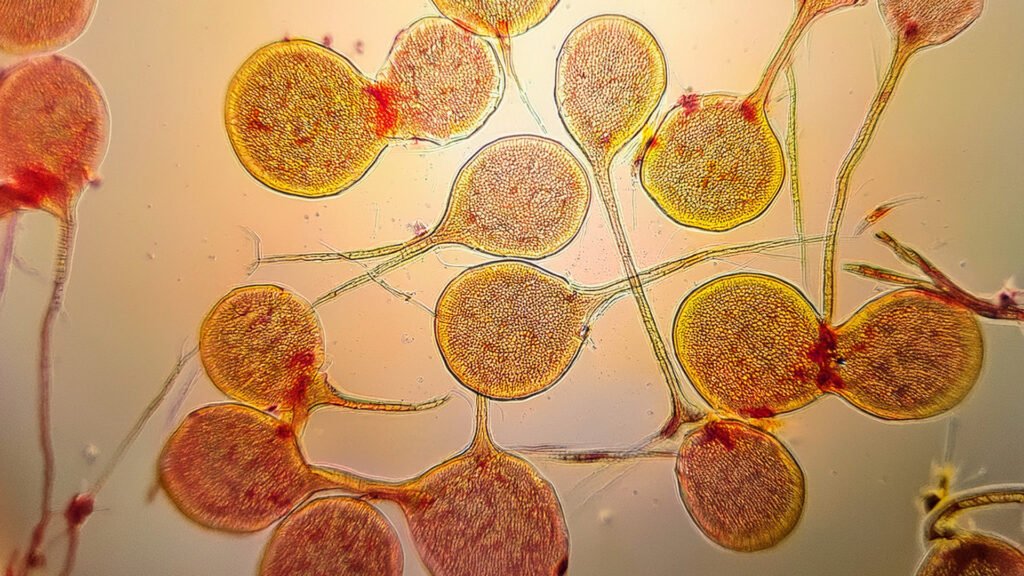
What to expect (typical reports)
- Rooting ↑ – deeper, hairier roots by the first spade test; therefore moisture access improves.
- Tillers ↑ – more uniform plants across the drill width.
- Early canopy pace ↑ – cleaner timings and fewer reworks.
- Emergency P passes ↓ – less firefighting and steadier spend.
Because fields differ, prove it on a pilot strip or block, then scale calmly.
Measure it (turn “feel” into proof)
- Root digs – depth, branching, white tips (fixed points).
- Tiller counts – plants and tillers/plant (GPS-tagged).
- Leaf tissue P – plus macros for context; consequently noise is reduced.
- Canopy photos/NDVI – track pace, not just snapshots.
- Passes & labour for in-season P “rescues” – aim to cut both.
- Olsen P + pH – record once to frame the story of soil pH and phosphorus availability.
Field tips: do’s & don’ts
Do
- Time applications around moisture; therefore colonisation and solubilisation start well.
- Keep pH management sensible, extremes worsen phosphate lock up.
- Maintain some residue cover; moreover, biology prefers protection.
Don’t
- Tank-mix with bactericides or hot oxidisers near biological passes.
- Expect biology to overcome severe compaction pans, first reset mechanically, then let biology maintain.
- Skip measurements, evidence earns confidence (and budget).
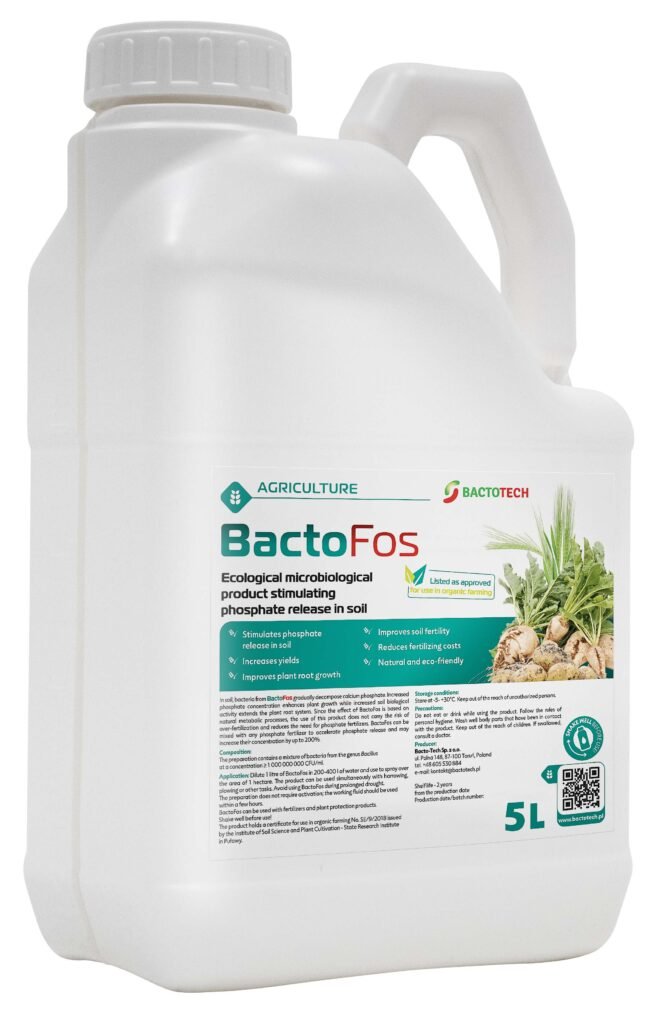
The products behind this programme
- BactoFos – mobilises locked soil P with PSB, improving early availability and rooting momentum. Natural, non-GMO, certified for organic use (IUNG-PIB).
- Rhizo Plus – mycorrhizal fungi (AMF) that extend root reach for phosphorus uptake and water, supporting establishment and resilience.
Compatibility & safety: Use as directed on labels and safety data. Additionally, avoid close sequencing with bactericides and check seed-treatment compatibility.
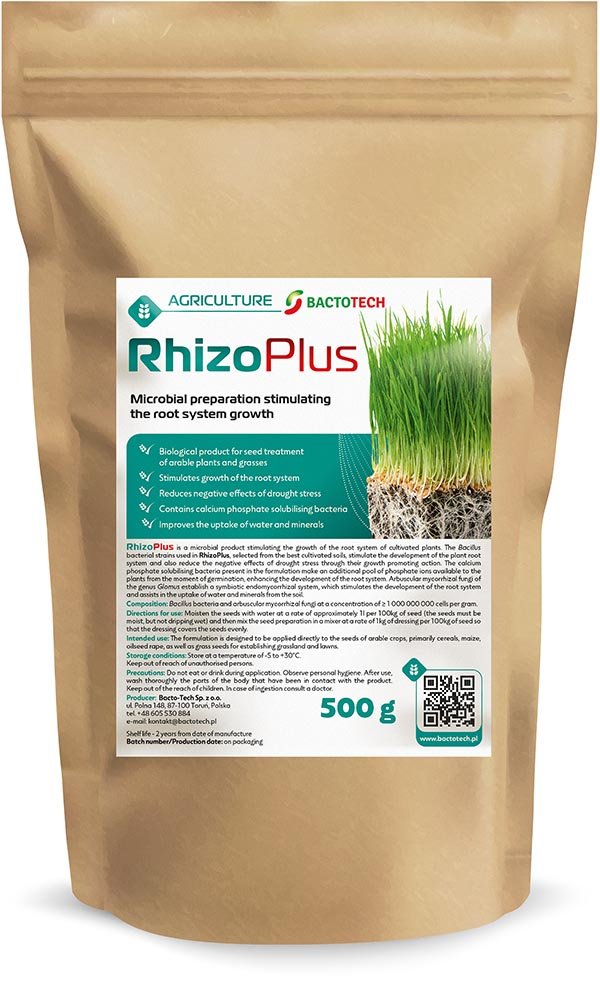
Phosphorus Lock-Up in Soil – FAQs
Will this replace all bagged P?
No. The aim is to use more of what’s already in your soil, reduce emergency spend and keep crop momentum, especially on high P index but low availability ground.
Heavy clay vs light sand – does it help both?
Yes. Clays benefit from mobilisation plus structure; sands gain from extended root reach and steadier uptake.
When will I notice changes?
Often within weeks on root digs and tiller counts; subsequently, canopy pace follows as growth stages roll.
Can I combine with liquid fert?
Often yes; nevertheless check pH/salts and avoid bactericides in the same tank. When unsure, split the pass.
Does soil pH really matter?
Absolutely. At high pH, Ca forms less-available calcium phosphate; at low pH, Al/Fe forms bind P; therefore keep pH in range and let biology do the rest.
Ready to fix phosphorus lock-up in soil on your farm?
Tell us your soil pH, P index and the field that lags at establishment. We’ll send a P-unlock strip plan, label rates and a measurement sheet so the gains are crystal clear.
→ Get your plan: Contact BactoTech UK
→ Learn more: BactoFos · Rhizo Plus also read more here about HEREFORDSHIRE NITROGEN AND PHOSPHORUS PROBLEMS
Editorial note: This article provides general guidance. Always follow your product labels and local regulations. Last updated: September 2025.

